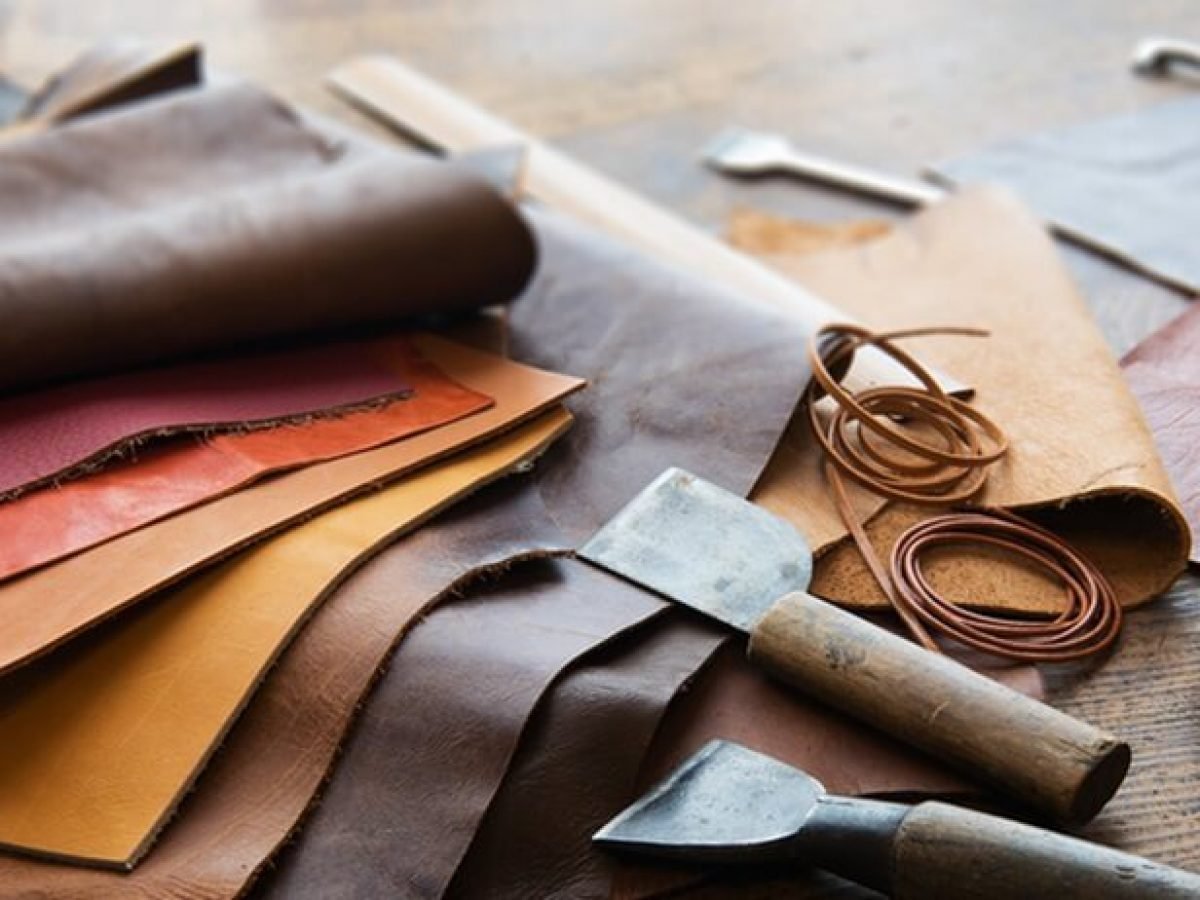Buying a home is not an easy decision to make. After all, you’re going to invest your lifelong savings into buying it. Therefore, one has to be extra cautious while buying a home. When it comes to buying and selling homes, first impressions matter. It is the main reason why curb appeal is so important when listing a home, the importance of professional photography of the property being listed, and the importance of home staging.
Therefore, when it comes time to go on a showing, take the “five-sensory approach.” Look, listen, touch, smell, and even taste potential homes to gain a better understanding of potential problems or expenses.
The following tips will help you make the most of each of your senses.
Aromas
When you tour a home, you must use your other senses apart from vision. Using your nose, you can find lurking problems in the house that might have escaped your vision. A problem such as mildew or mold can easily be detected by smell.
As a rule, mold smells like wet socks, whereas mildew has a milder “earthy” scent. Allowing the problem to fester can lead to health problems, and potential renovation costs down the road—not to mention the damage it can cause to your belongings.
Particularly if you live in areas like Nashville where there is too much humidity then moving into a house with mold can significantly damage your belongings. If you are in Nashville, we recommend that you look into renting some storage units Nashville to store away your belongings, meanwhile you get your place fixed before moving in.
Similarly, cigarettes and pet odors may seem inconsequential, but they stick to walls and ceilings, particularly when they are present in the air for long.
There is a possibility that these odors may not go away on their own (or even with professional help.) Fragrances can cover up the odors. Sometimes, the use of candles, diffusers, and sprays might have less to do with creating a relaxing atmosphere and more to do with covering up an unpleasant odor.
Visualization
Without a doubt, our sense of sight is the one we mostly rely on when it comes to observing things. As you tour a home, you’ll naturally observe, but you should also think outside the box.
It’s the home sellers’ goal to make you fall in love with the paint on the walls and the backsplash in the kitchen, but it’s up to you to look further and see beyond the façade. After all, it is you who will be spending their life savings to buy the house.
Understand that there are things more important in a house to look for beyond just the aesthetics. Checking for anomalies, like molding differences, paint changes, and flooring change are always recommended by experts.
You can use it to discover defects that the seller might have tried to hide from you. Maybe the wall is cracked and freshly painted, or maybe the floor or ceiling is water-damaged.
A good idea is to check under the sinks for mildew, mold, or any evidence of water leakage. Also, inspect the foundation for cracks. Make sure the concrete on the patio is not sinking. Inspect the pantry for mouse droppings. Examine everything carefully.

Feel
During home tours, we all flip on the lights, touch sleek countertops and turn doorknobs. Don’t stop just there, however, explore further and deeper.
If you look inside older houses, you often find stains on the walls or ceilings caused by water. To check whether the area is moist, you should touch it. This tactile observation will tell if there is a potential leak behind the wall before any inspection has taken place.
In addition, experts suggest turning on the showers and faucets to feel the temperature of the water and how strong the water pressure is. Turn on the air conditioner and furnace, and then touch the vents (the same applies to radiators.)
Hover your hand several inches away from the source of heat to feel the temperature. Turn on the oven and the stove burners and do the same, but, of course, exercise caution.
You can use touch in more ways than one. You can measure a floor’s level or the slipping potential of tile floors by placing your feet on them. Similarly, the heating on the bathroom floor, as well as the thickness of the carpet in the children’s room, can also be determined using your feet.
Flooring and foundation issues are particularly sensitive to touch. It’s often possible to tell whether the floor is unstable, uneven, or if something is wrong that needs to be investigated further by a qualified professional.
Listening
Allow yourself a few moments of silence in the house and pay attention to the sounds. You can ignore the real estate agent for a while.
If you really like the house and are serious about buying it, you should visit it several times during the day to assess the noisiness in the neighborhood. You might want to ask around about the level of noise pollution in the area.
There are probably more cars going by during rush hour, which can result in an increase in noise. Is there a train station nearby with a loud train whistle? Knowing these things ahead of time is better than being woken up by a train whistle and sitting in bed shocked on the first night after you have moved in.
Take some time to listen for drips or leaks from pipes, faucets, and showerheads inside the house. Don’t forget to check the toilet too! If you hear scratchy noises on the floors, walls, or ceilings, that might be an indication of pest infestation.
Final Words
Buying a home isn’t an easy call to make, especially because it is a huge investment. However, buying a home is also a necessity that we all have to invest in sooner or later. Therefore, the best way to be on the safe side is to thoroughly examine the property. Don’t just fall in love with the aesthetic appeal of the place, check whether it’s sustainable in the long run or not. After all, we rarely buy homes often, it is better to be fully satisfied with your choice once and for all. Ask for a professional inspection before making the final call.




